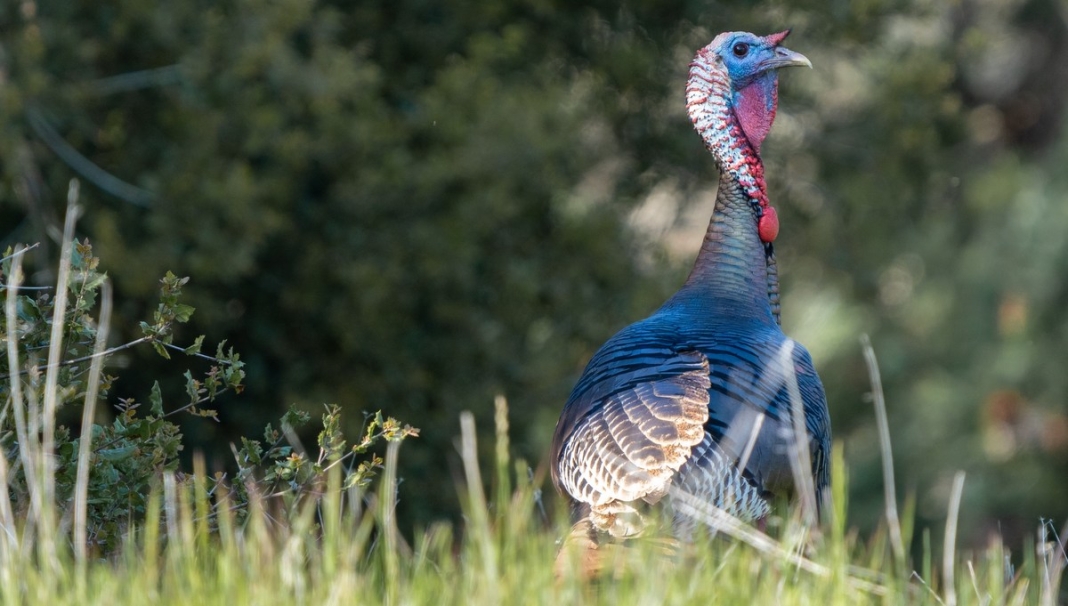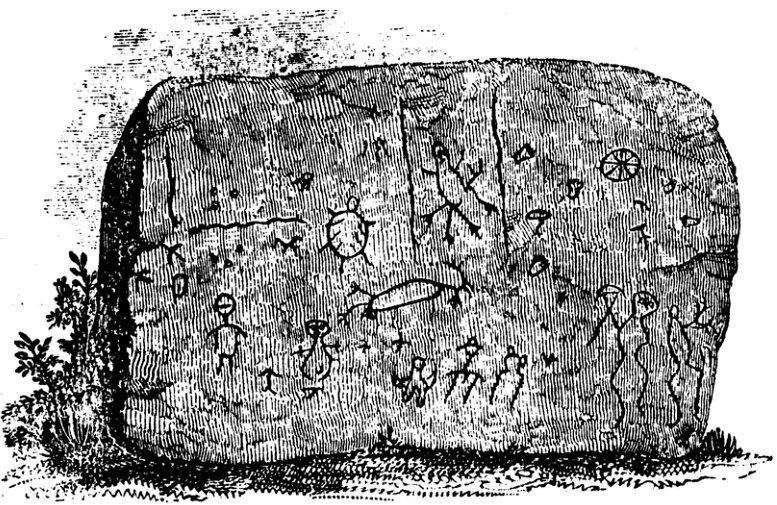WITCHER CREEK, W.Va. — It wasn't long ago that country folk in West Virginia might tell tales of a turkey witch. Of all the forms a witch could take, that of a wild turkey was the most feared, especially among the farms at the edge of the deep forests where turkeys are most at home.
Nearly hunted to extinction, the North American bird could be found only in parts of the Appalachian Mountains south of Pennsylvania and predominantly in West Virginia until management programs began to return them to their former habitations.
But for years, the turkey, growing more elusive, and the turkey witch, captured the imaginations of tall-tale-tellers. Jim Comstock, among the best of that breed in the Mountain State, once wrote of the matter in his West Virginia Heritage Encyclopedia.
"If a turkey comes and perches on your woodshed each night and you can't shoot it, you had better just make up your mind that it is a witch, not a turkey," Comstock wrote.
Thankfully, witch lore was common in earlier times, and a perplexed farmer troubled by such a bird might soon find a solution in his or her neighborhood.
"A West Virginia man had this nerve-wracking experience, so he went to a neighbor who was quite an authority on witches, and he learned what to do," Comstock recalled.
"He went home, made an 'X' out of two pieces of hickory wood, and laid them on his front porch. Then he shot the turkey."
Why the man was instructed to use hickory? Who can say?—though the wood is hard and robust, which may have increased its efficacy in witchcraft.
"But when he went for the turkey," Comstock wrote, "it wasn't there! He went into the house to tell his wife about it and found her dead on the floor with a bullet through her heart. Then he knew he had been married to a witch."
The Jack-O’-Lantern—a West Virginia tradition steeped in lore

Except for corn, perhaps no vegetable is as All-American as the pumpkin. Carved as a Jack-O’-Lantern or pureed into a Thanksgiving pastry, the pumpkin—and the pumpkin pie—are as American as apple pie. In many ways, they’re essential in West Virginia, where they sustained families isolated in the mountains through the winter, and state agriculture officials are now promoting them as a high-yield crop. READ THE FULL STORY HERE.
Sign up for a FREE copy of West Virginia Explorer Magazine in your email weekly. Sign me up!


